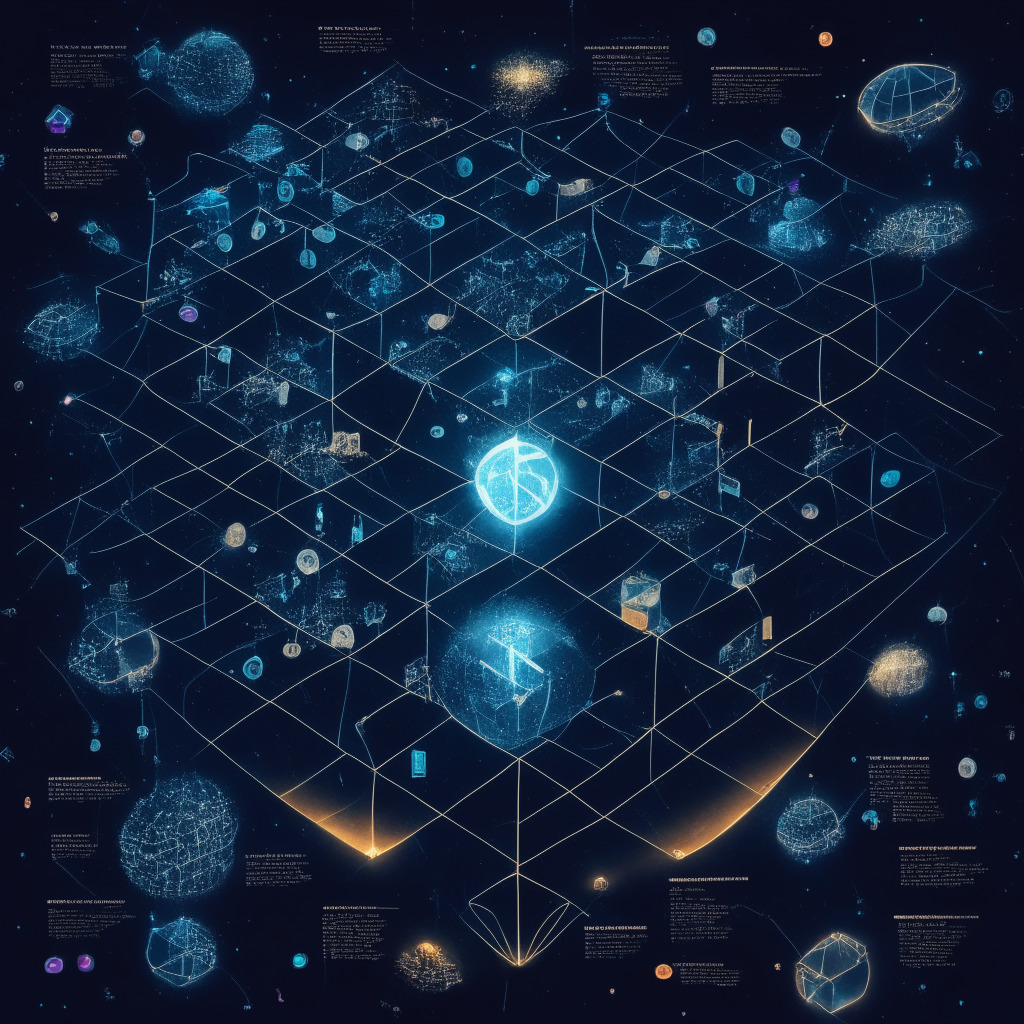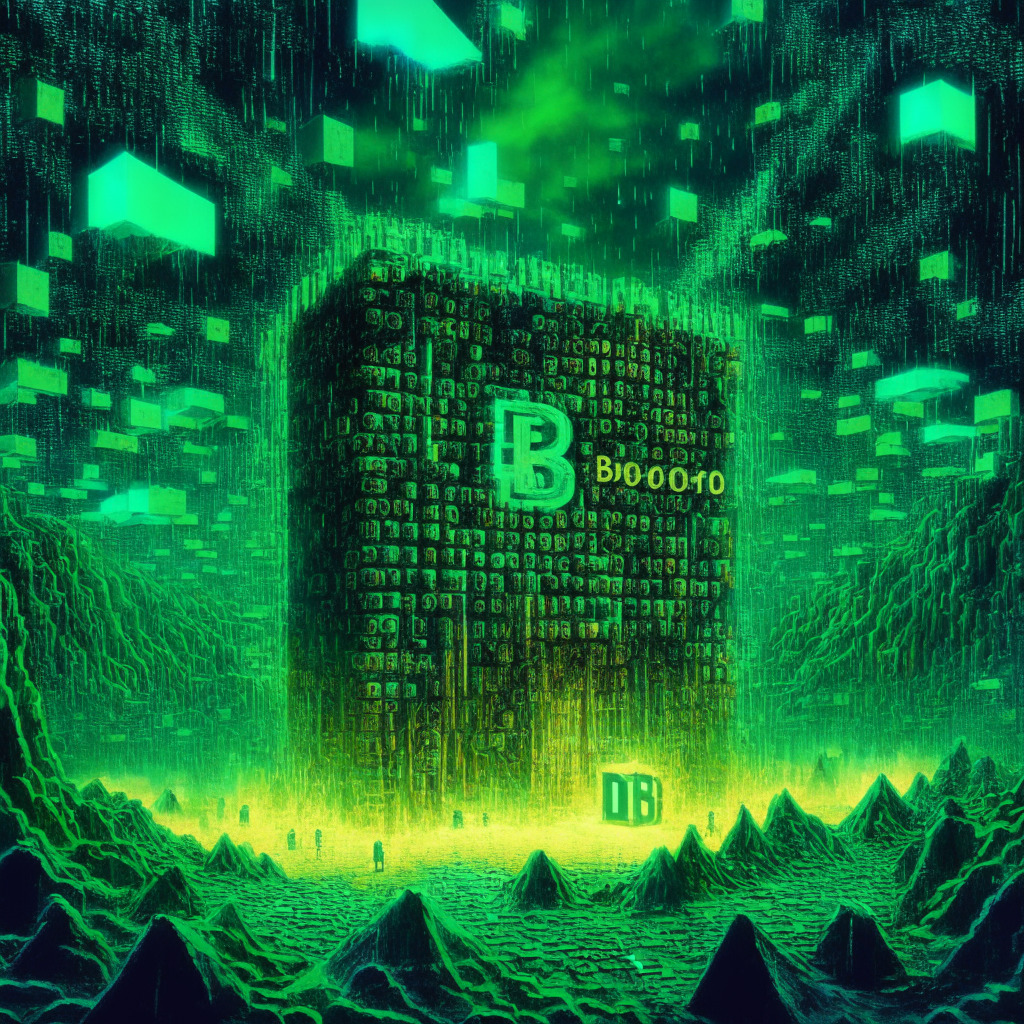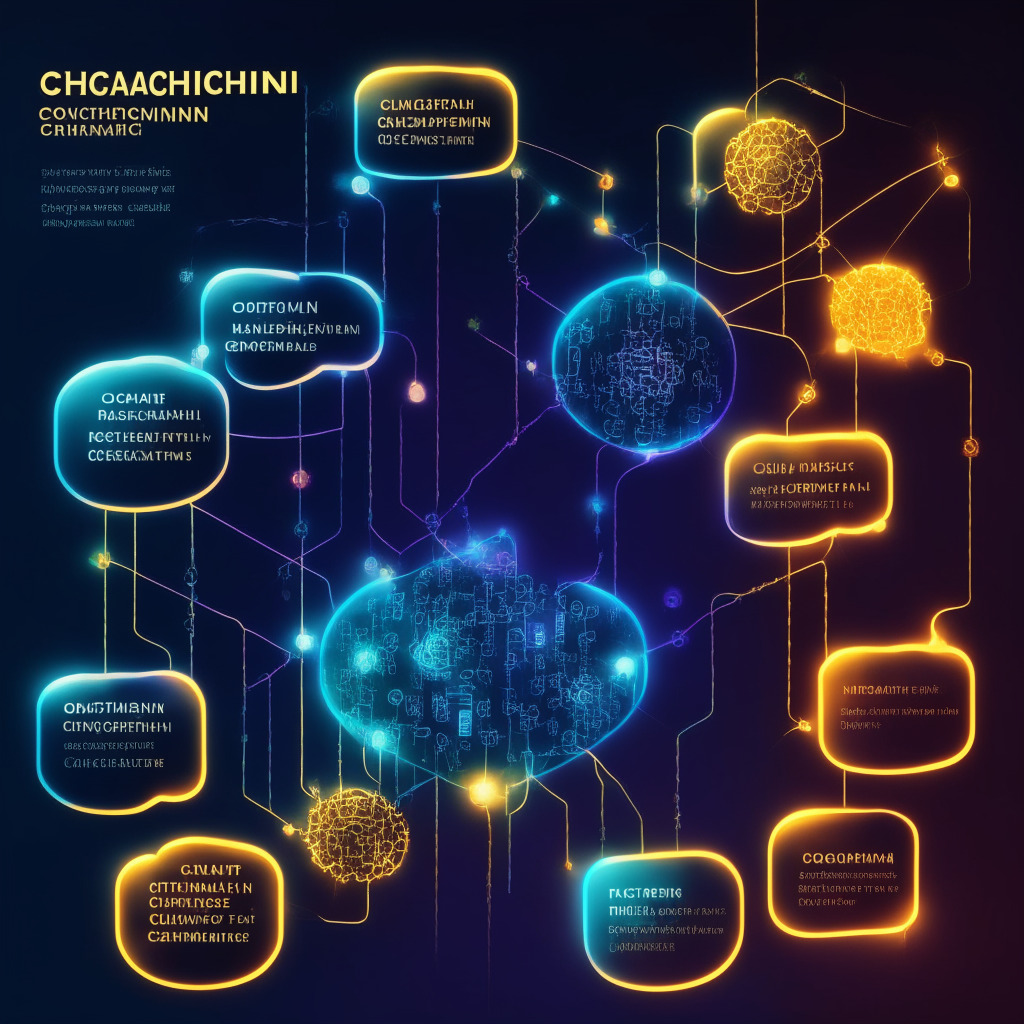In the buzzing realm of non-fungible tokens (NFTs), the choice of blockchain could be the difference between a successful launch and a full-blown disaster. When planning an NFT collection, the selection of the blockchain is as crucial as the artwork or IP behind the token. This decision can have some serious implications on not just the success of your collection, but also on the trust and community perception of your brand.
For a long time, the Ethereum and Solana blockchains have been the go-to choices for minting NFTs. However, other, lesser-known blockchains like Ripple, Tezos, and Polygon are starting to look appealing. Brands that have ventured into these less crowded blockchains have seen significant returns. For instance, McLaren and Volkswagen have successfully launched NFTs on the Tezos and Polygon blockchains respectively.
Despite the popularity of Ethereum, it is not always the best choice for every brand. Overcrowding on the platform and higher gas fees can result in less likelihood of purchase due to high transaction costs. Yet, incorrectly choosing a blockchain can lead to myriad of problems, from squandered resources to issues with interoperability and negative brand perceptions. Therefore, a thorough assessment of the different aspects of each blockchain platform is necessary.
Moreover, the long-term viability of a blockchain is critical. With the dynamic nature of blockchain platforms, new ones emerging regularly, and without adequate support or operation, these platforms can become obsolete. This can compromise the value of the NFTs that have been minted on the platform, rendering it virtually worthless.
The interoperability of NFTs with other applications, platforms, and wallets plays a vital role in accessibility and discoverability. A blockchain with limited interoperability can impede potential buyers from engaging with your collection.
Lastly, the perception of the blockchain platform used can influence the appreciation of your NFT collection. Collection aligned with a blockchain associated with controversies or unethical practices can be met with criticism and disinterest.
Selecting a suitable blockchain is not an easy decision. It involves assessing the blockchain’s security, transacting speed, cost, smart contract functionality, and scalability. Additionally, aligning this decision with the needs of the target audience holds equal importance. Choosing the ideal chain to mint your NFT collection can be a game-changer, saving the brand from potential risk, wasted funds, and hampered trust.
Source: Cointelegraph




